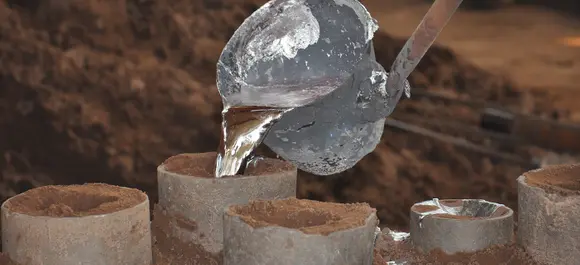Mobile:+86-311-808-126-83
Email:info@ydcastings.com
motor bearing housing
Understanding Motor Bearing Housing An Overview
Motor bearing housing plays a critical role in ensuring the smooth operation and longevity of various types of motors, including electric motors used in industrial applications, household appliances, and automotive systems. This article delves into the significance, design, materials, and maintenance of motor bearing housing to provide a comprehensive understanding of its role in modern machinery.
What is Motor Bearing Housing?
The motor bearing housing is a structural component designed to support and protect the bearings of a motor. Bearings are essential for reducing friction between moving parts and enabling smooth rotation of the motor shaft. The housing holds the bearings in place, maintaining proper alignment and providing a mounting point for the motor itself.
Importance of Motor Bearing Housing
The importance of motor bearing housing cannot be overstated. Several key functions are performed by the housing
1. Support and Stability The housing provides structural support for the bearings and the rotor assembly. A robust housing design ensures that misalignments and vibrations are minimized, leading to improved performance and reduced wear.
2. Protection from Contaminants Motor environments can be challenging, with dust, dirt, moisture, and other contaminants potentially damaging the bearings. The bearing housing acts as a barrier, shielding the bearings from these harmful elements.
3. Heat Dissipation Motors generate heat during operation, which can affect performance and longevity. The bearing housing can be designed to facilitate heat dissipation, ensuring that the bearings and motor operate within safe temperature ranges.
4. Noise Reduction A well-designed bearing housing can help minimize the noise generated by the motor. This is especially important in applications where noise levels are a concern, such as in household appliances and office equipment.
Design Considerations
The design of motor bearing housing involves several critical factors
motor bearing housing

- Material Selection Common materials for bearing housings include cast iron, aluminum, and composite materials. The choice of material depends on factors such as weight, strength, cost, and resistance to corrosion.
- Geometry and Configuration The geometry of the housing must allow for easy assembly and disassembly, as well as proper alignment of the bearings. Additionally, housing configurations vary based on the specific motor application—some might require closed housings, while others may only need half-housings.
- Seal Design To enhance protection against contaminants, effective sealing solutions must be incorporated into the housing design. This can involve the use of rubber seals or labyrinth seals that prevent dirt and moisture from entering the bearing area.
Maintenance of Motor Bearing Housing
Regular maintenance of the motor bearing housing is vital to ensuring the motor's performance and prolonging its life. Here are some key maintenance practices
1. Inspection Regularly inspecting the bearing housing for signs of wear, corrosion, or misalignment can help identify potential issues before they escalate.
2. Lubrication Bearings require appropriate lubrication to function effectively. Depending on the type of bearing and application, different lubrication methods may be employed, including grease packs, oil baths, or automated lubrication systems.
3. Cleaning Keeping the housing clean and free of contaminants is essential. Custom cleaning protocols may be necessary depending on the operational environment of the motor.
4. Replacement If the housing or bearings show excessive wear or damage, timely replacement is crucial. Continuing to operate a motor with compromised housing can lead to catastrophic failures, causing costly downtime and repairs.
Conclusion
Motor bearing housing is an often-overlooked component that plays a pivotal role in the efficient operation of electric motors. Understanding its function, design, and maintenance requirements can significantly impact motor performance and longevity. By investing in quality bearing housing and adhering to a regular maintenance regimen, industries can enhance operational efficiency, reduce downtime, and extend the life of their motor systems. As technology continues to evolve, so too will the designs and materials used in motor bearing housing, driving improvements in performance and reliability across various applications.
-
Impeller Technology That Powers Precision in Pump SystemsNewsMay.22,2025
-
Valve Durability Begins with Quality Cast Iron ComponentsNewsMay.22,2025
-
Performance Cooling with Advanced Automobile Water Pump SolutionsNewsMay.22,2025
-
How Motor Housing and Oil Pans Shape Engine PerformanceNewsMay.22,2025
-
How Metal Castings Drive Modern Manufacturing EfficiencyNewsMay.22,2025
-
Exploring the Engineering Behind Valve Body CastingsNewsMay.22,2025











